About the endpapers Design is a process, not a result. The cover for this book, just like any other sales tool, evolved through iterations that had to be approved by various parties. It is useful to see that failed ideas have merit even if they arent necessarily on target. The clearer the creative brief, the more straightforward the problem solving process becomes.
Advertising Design and Typography
Alex W. White

2007 by Alexander W. White
The use of advertisements and other graphic work in this book is intended as historic documentation for editorial purpose. It is not intended in any way to infringe on the rights and owners of these works. Its use is intended, rather, to promote knowledge of their historic contribution to the design of advertising.
All rights reserved. Copyright under Berne Copyright Convention, Universal Copyright Convention, and Pan-American Copyright Convention. No part of this book may be reproduced, stored in a retrieval system, or transmitted in any form, or by any means, electronic, mechanical, photocopying, recording, or otherwise, without prior permission of the publisher.
12 11 10 09 08 07 5 4 3 2 1
Published by Allworth Press
An imprint of Allworth Communications
10 East 23rd Street, New York, NY 10010
Book design, typography, and composition by
Alexander W. White, New York, NY
Library of Congress Cataloging-in-Publication Data
White, Alex (Alex W.)
Advertising Design and Typography/Alex W. White.
p. cm.
Includes index.
ISBN-13: 978-1-58115-465-8 (hardcover)
ISBN-10: 1-58115-465-8 (hardcover)
eBook ISBN: 978-1-58115-820-5
1. Commercial art.
2. Graphic design (Typography)
i. Title.
NC997.W493 2006
741.609'0511-dc22
2006028418
Printed in Thailand
Preface
The need for better advertising design
W hat makes an ad good? Without having a clear definition, it is enormously difficult to make your advertising better. This book is about making your advertising, very specifically, your advertising design and your use of type, better. The most popular way to improve advertising has been to buy advertising and design annuals, and copy or be inspired by the ideas that look best. This is based on opinion and whim, not understanding or thought about what would most effectively get a particular idea across.
The result of this me-tooism is a general sense of having seen it all before. Rarely does an ad message break through my defenses and get noticed. When I finish skimming a magazine, for example, I typically try to recall the single outstanding ad Ive seen. With rare exceptions, I cannot. How can it be that not one of a very finite group, maybe fifty ads, has broken through with a message and presentation that made an impact? And Im looking for impact where most readers are trying to avoid advertisings increasing noise. So, is advertising design a stupendous waste of energy and money? Is it a failing of art directors to make me recognize the importance and value of their messages? Or are good ideas being watered down by clients, account people, and dull creative directors in an era of conceptual stagnation? Whatever the cause, the cure is surely knowledge. In fact, whatever the problem, the cure is always knowledge.
The lifespan of an ad is brief: an issue, a program, a day, a week, a month, a season. Few ads are in use a year after their introduction. Advertising must be timely and of-the-moment to be seen and acted upon: we readers want to be current and well-informed. Advertising style changes rapidly to look current, and thats not such a bad thing: advertising must possess vitality and exuberance. Books are expected to have a slightly longer lifespan. In the time between my writing this book and your reading it, some examples in it are bound to look dated, despite my effort to choose those that will remain fresh the longest. Nevertheless, in every case, examples have been chosen for their usefulness in illustrating an idea.
A books dedication was invented as an acknowledgment of the authors royal or church patron literally the person who paid for the books writing. In our era, that person is you, the reader. So this book is joyfully dedicated to every reader who is willing to engage in the struggle for quality, originality, and right thinking. Purposeful creativity is very hard work.
It is also for those in management positions who understand their job is to define a problem, lay out requirements and clear targets, then let the creative people develop their interpretation. They are the rare few who are willing to take risks for ideas that are unexpected, yet on target.
Thanks to the art directors whose work is shown in these pages. It is among the best and reveals right thinking. But please dont copy it, understand it.  Carol Wahler and my fellow board members of The Type Directors Club, for whom type and its inspired use are worth representing.
Carol Wahler and my fellow board members of The Type Directors Club, for whom type and its inspired use are worth representing.  Brian Miller.
Brian Miller.  Rosinha and Isabela, whose collaboration cannot be overemphasized.
Rosinha and Isabela, whose collaboration cannot be overemphasized.  P-Bob.
P-Bob.  And Lilian.
And Lilian.

New York City
Introduction What is advertising design?
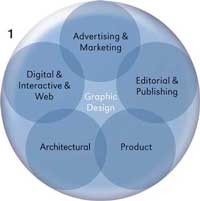
1 Graphic design is a family of related practices.
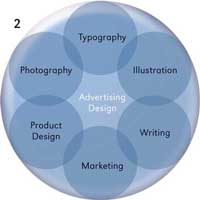
2 Advertising design encompasses six more or less equally-weighted disciplines with which an art director must be proficient, or at least familiar. Graphic design covers the same disciplines, but with a greater emphasis on typography, photography, and illustration.

3 Clients marketing needs include five areas of specialization. A creative director must be proficient, or at least very familiar, with each of these in order to understand and plan for their unified interaction. This will be, after all, how the client sees and plans for his companys public persona.
Where is advertising design found? In as many as 3,000 messages per person per day:
1 At home Newspapers and magazines; television; direct mail; the internet; branded products and packaging
2 In public spaces Subways and buses; billboards and banners; taxis; trucks; elevators; movie theaters; bus stops; blimps
3 At the store/restaurant Street level windows; tent cards; floor decals; bathroom stalls; shelf coupons; drink cups; receipts; shopping bags
Advertising design is a specialization within the practice of graphic design, itself a term coined by W.A. Dwiggins in 1922, just as commercial art was emerging as a separate profession. Ad design is an omnium-gatherum of several disciplines (shown above center). But ad design and graphic design differ in their degrees of emphasis on the same components: graphic design is more heavily weighted to typography and image manipulation. Ad design is more equally weighted among all six components.
Next page
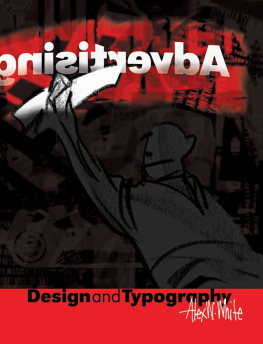
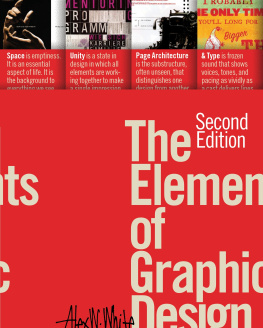
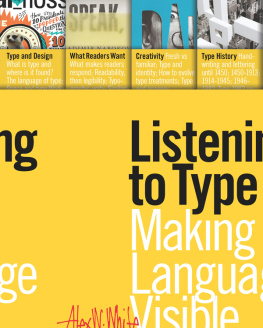

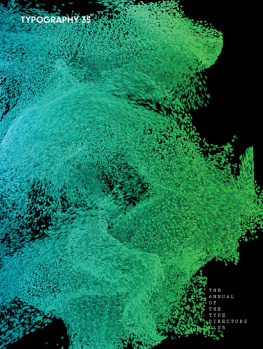

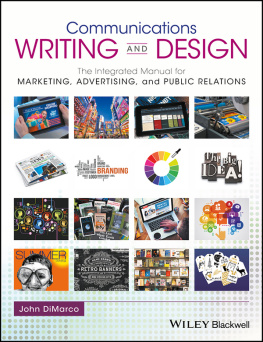
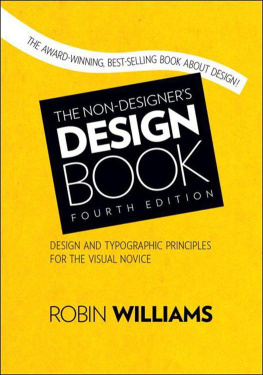
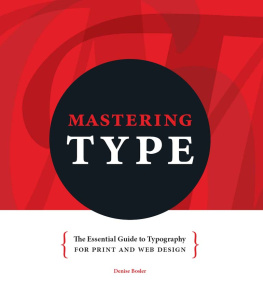
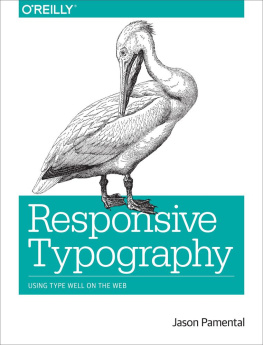
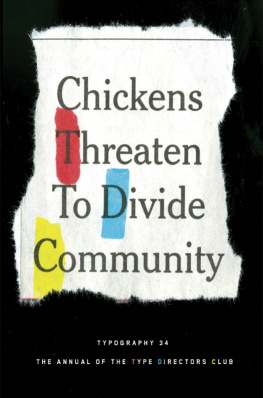
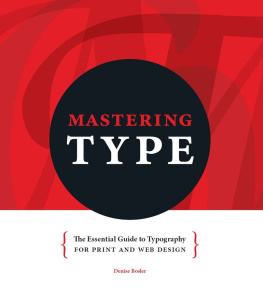

 Carol Wahler and my fellow board members of The Type Directors Club, for whom type and its inspired use are worth representing.
Carol Wahler and my fellow board members of The Type Directors Club, for whom type and its inspired use are worth representing. 


